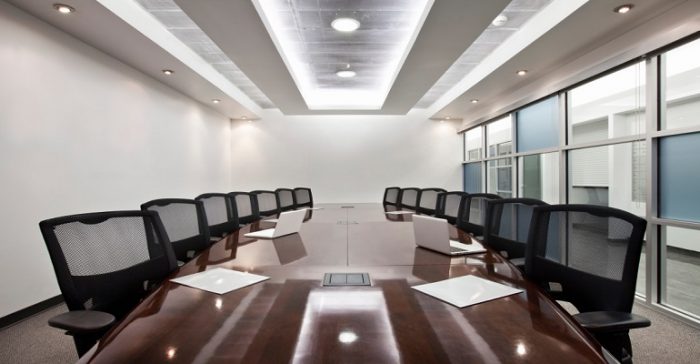3 ways to identify energy savings in leased offices
UtilityDRIVE, June 6, 2017
How many times have we thought, “It’s 2017…what office buildings don’t use LED lighting now?” LED lighting retrofits, occupancy sensor installations, and HVAC programming are examples of these “low-hanging fruit” projects. Have we exhausted all the energy efficiency opportunities in commercial buildings? Contrary to popular opinion, an overwhelming amount of simple and quick retrofits with high ROI remain available for utilities.
The Electric Power Research Institute (EPRI) estimates that there will still be up to 605 billion kWh in unrealized energy efficiency savings between 2016 and 2035. That amount represents the delta between the U.S. Energy Information Administration’s 2012 Annual Energy Outlook and EPRI’s estimated cost-effective energy efficiency economic potential, through 2035. With 19 percent of office buildings consuming 17 percent of the US energy, that is a golden opportunity for utilities.
Granted, it’s not easy to identify those savings, but a systematic approach can help utilities determine areas for increased energy savings. The key is market segmentation. When utilities segment individual office sectors across multiple variables, they can strategically overcome the nuanced barriers to energy efficiency project implementation that their tenants face.
Barriers to entry
One of the biggest obstacles that the leased office sector faces is the split-incentive which occurs when the entity paying for an efficiency improvement is different from the entity benefitting from it. Lease types, tenant improvement fit-out structures, and utility meter types all influence how costs and savings are pushed to the tenant and owner. For example,
• In a triple-net lease structure where the tenant pays the utility bills, the owner is less inclined to fund an efficiency improvement since they don’t reap benefits of the resulting energy savings.
• When a tenant is managing its office space fit-out using a tenant improvement allowance from the owner, it faces the barrier of having to leverage its additional funds to cover incremental costs for energy efficient design elements.
• For buildings that are master-metered and don’t sub-meter individual tenant spaces, office tenants are less motivated to save energy since the resulting cost savings would be water-down across the other tenants in the building.
Identifying the potential
Our method is a three-pronged approach to finding low-hanging-fruit: 1. Utilities can conduct market segmentation analyses to identify where the untapped customers are for efficiency within a territory, 2. determine where the gaps in efficiency programs exist to address them, and 3. adjust program offerings to target where those energy efficiency opportunities lie.
1. Run market segmentation analyses
The commercial office building market in every utility’s service territory is a complex, multifaceted network that contains many different asset types and stakeholders. Market segmentation is an important part of utilities’ toolkit as we seek to more deeply understand customers’ behaviors, attitudes, and beliefs. Logically, each segment of customers acts differently, thinks differently, prioritizes differently, makes decisions differently, and operates differently.
As a result of these analyses, the data will highlight individual customers for utilities to target, helps overcome segment-specific barriers such as the split-incentive, and provides recommendations on new innovative ways to engage the market segments with tailored messaging and outreach.
2. Address gaps in efficiency programs
Analyzing key market data and trends can shed light on specific sectors that are underperforming, less efficient, or require industry-specific attention. To best reach and capture the state of the market and its key players, utilities can understand the barriers and needs of commercial buildings not only by criteria such as size and use type, but also by ownership type, lease structure, energy consumption, and other variables such as building size and building class.
3. Determine new program offering to address specific customer needs
After Waypoint had conducted a market segmentation of the commercial real estate office market in Massachusetts, we partnered with Eversource Energy and National Grid to develop a leased office space tenant-focused utility offering called Sustainable Office Design, specially constructed to capture energy efficiency in tenant office spaces. We found that for leased office spaces, the most opportune time to implement energy efficiency measures is during the fit-outs. However, the turnaround time is so fast that utilities often are unable to influence efficiency in the spaces until it’s too late. By creating a program that has a quick turnaround time, with simple design criteria to qualify for the incentive, Eversource Energy and National Grid could finally reach the previously unattainable leased office spaces with high-quality and high-efficiency lighting measures.
